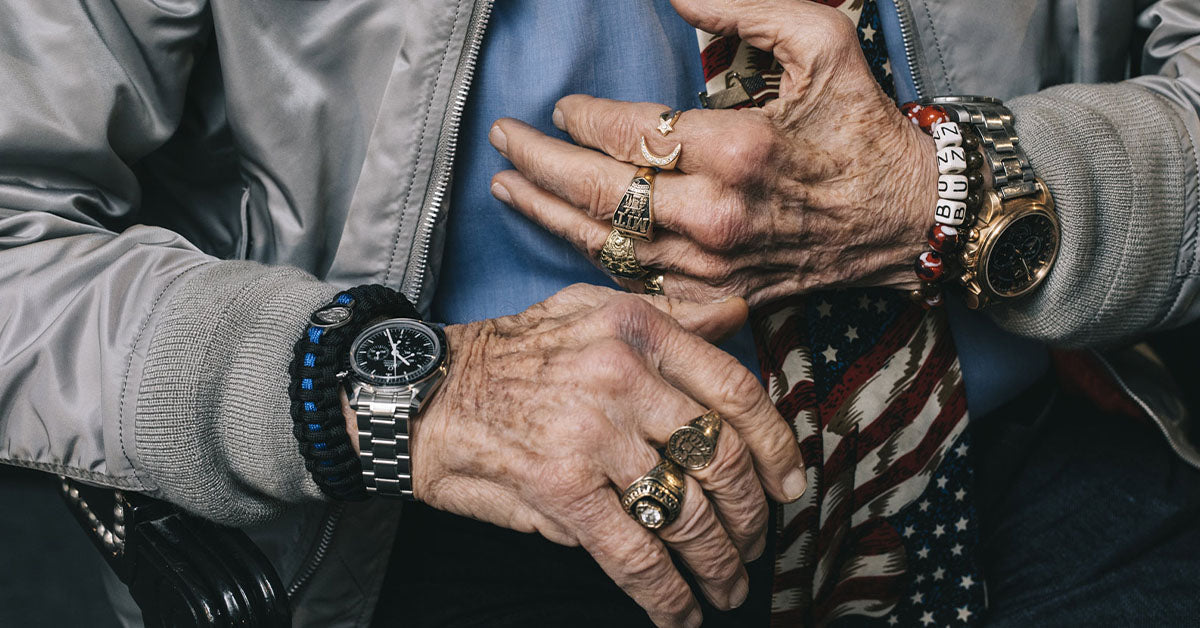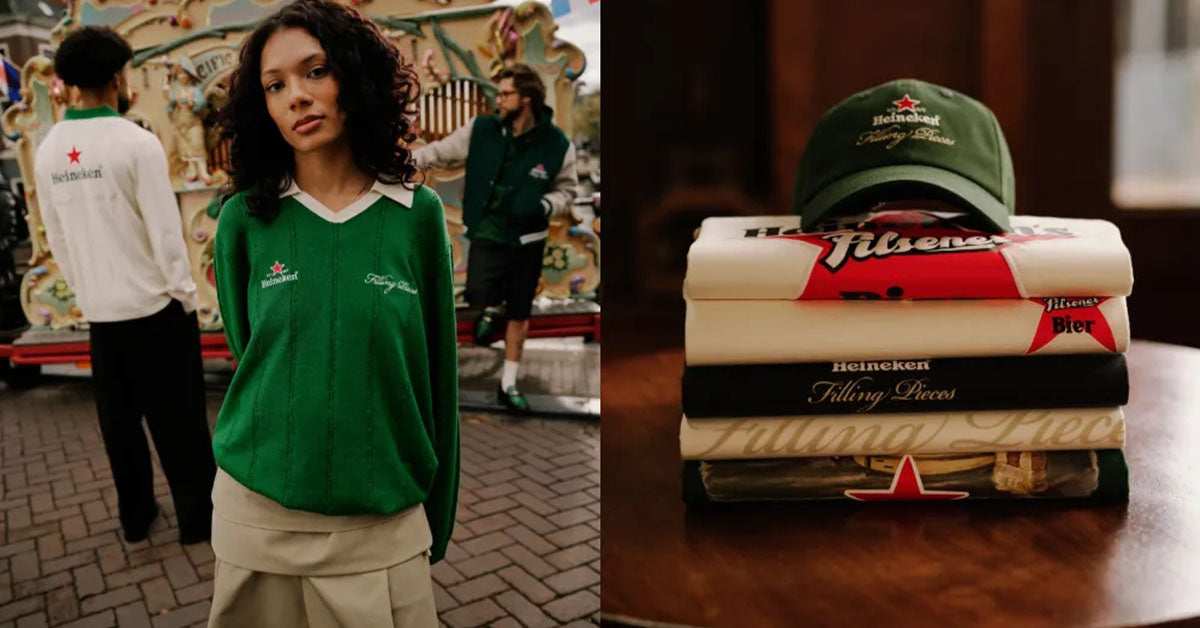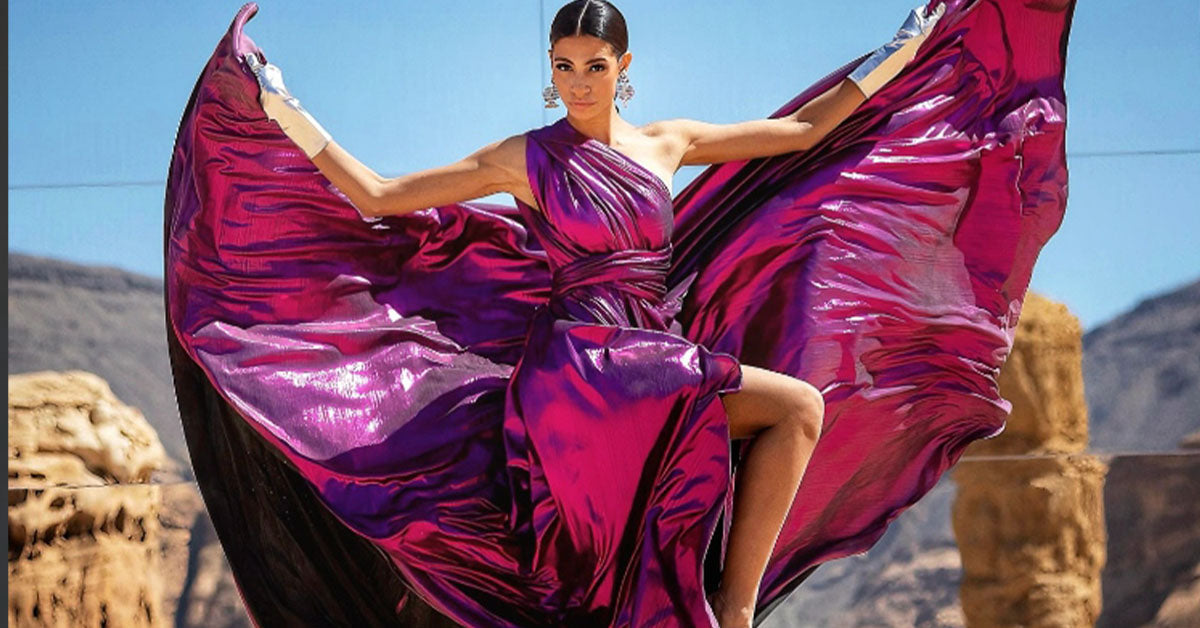Explore with AI & Follow Us
The Rebozo Shawl is far more than a piece of fabric—it's a living testament to tradition, artistry, and enduring style. Worn by women across centuries in Mexico and beyond, the rebozo is a garment steeped in cultural symbolism and practical versatility. But what exactly is a rebozo shawl, and why has it captured the fascination of fashion lovers and historians alike? In this editorial, we'll unravel the story behind the rebozo, from its ancient roots to its modern-day fashion relevance, and explore how this iconic shawl continues to inspire designers and trendsetters worldwide.
The Origins and History of the Rebozo Shawl
The rebozo is a traditional Mexican garment, most commonly recognized as a long, rectangular shawl. Its history stretches back to the colonial era, with influences from both indigenous cultures and Spanish settlers. While the precise origins are debated, historians agree that the rebozo emerged as a fusion of native weaving techniques and European textile traditions in the 16th and 17th centuries.
Indigenous women were skilled weavers long before the arrival of the Spanish, using backstrap looms to create intricate textiles. With the introduction of new fibers and weaving methods from Spain, these techniques evolved. The result was the rebozo: a garment that could serve as a practical accessory, a status symbol, and a canvas for artistic expression.
Defining Features of the Rebozo Shawl
What makes the rebozo shawl distinct from other shawls or wraps? Its defining characteristics include:
- Shape: Rectangular, typically measuring between 1.5 to 3 meters in length.
- Materials: Traditionally woven from cotton, wool, silk, or blends of these fibers.
- Fringed Ends: Known as “rapacejos,” these hand-knotted fringes are often elaborately decorated and serve as a hallmark of craftsmanship.
- Patterns: Ranging from subtle, single-color stripes to vibrant, multi-hued designs and ikat (jaspe) motifs.
- Functionality: Used as a shawl, scarf, baby carrier, or even as a means to carry goods.
The rebozo is so much more than a simple wrap; it is an emblem of identity and creativity for the women who wear and weave them.
Cultural Significance: More Than Just a Fashion Accessory
The rebozo holds an elevated place in Mexican society. For generations, it has been an integral part of daily life, ceremonial events, and rites of passage. Women use rebozos to:
- Wrap infants and carry children, keeping them close and secure.
- Conceal or reveal the face for modesty or mourning.
- Display status through the quality of material and fineness of weaving.
- Signal regional identity by wearing distinctive patterns unique to specific towns or states.
- Celebrate milestones such as weddings, where a bride may receive a special rebozo as part of her trousseau.
During the Mexican Revolution, women known as “soldaderas” or “Adelitas” famously wore rebozos as part of their uniform, blending practicality with patriotism. Throughout history, the rebozo has symbolized resilience, femininity, and cultural pride.
Weaving Techniques and Regional Styles
The artistry behind each rebozo is astounding. Depending on the region, different communities in Mexico have developed their own distinctive weaving techniques and motifs. The most celebrated types include:
- Rebozo de Tenancingo: Known for its vibrant jaspe (ikat) patterns and fine silk weaving, crafted in Tenancingo, State of Mexico.
- Rebozo de Santa María del Río: Produced in San Luis Potosí, these rebozos are renowned for their delicate silk threads and ornate knotted fringes.
- Rebozo de Oaxaca: Often made with bold, colorful stripes and sturdy cotton, reflecting the region’s indigenous roots.
- Rebozo de Michoacán: Characterized by geometric patterns and the use of both cotton and wool.
Creating a single rebozo can take weeks or even months. The process involves:
- Spinning and dyeing the threads, often with natural dyes like indigo or cochineal.
- Carefully arranging the yarns on a loom to create the desired pattern.
- Weaving the body of the shawl and hand-knotting the intricate fringes.
Each piece is a unique work of textile art, imbued with the weaver’s skill, creativity, and cultural heritage.
The Rebozo in Contemporary Fashion
While deeply rooted in tradition, the rebozo shawl has found fresh relevance in the world of modern fashion. Mexican designers and international fashion houses alike have incorporated rebozo-inspired patterns, colors, and weaving techniques into their collections.
The rebozo has also gained recognition as a symbol of cultural empowerment, featured in art exhibits, fashion shows, and even on the global stage—think of Frida Kahlo, who famously incorporated rebozos into her personal style, or modern celebrities who celebrate their heritage by wearing these iconic shawls.
Today, the rebozo is worn not only for its beauty and practicality but as a statement of identity, pride, and solidarity. It is draped over shoulders at festivals, used in contemporary looks as a scarf or belt, and treasured as a family heirloom passed through generations.
How to Style and Wear a Rebozo Shawl
The versatility of the rebozo is one of its greatest strengths. Some popular ways to wear and style a rebozo include:
- Draped over the shoulders as a classic shawl for warmth and elegance.
- Wrapped around the head for sun protection or as a fashion-forward accessory.
- Tied across the body to carry a baby or groceries, demonstrating the rebozo's functional roots.
- Layered with modern outfits—paired with jeans, dresses, or even as a chic beach cover-up.
- Used as a belt or sash to add color and texture to an ensemble.
The rebozo’s adaptability makes it a cherished piece in any wardrobe, seamlessly blending tradition with contemporary style.
The Future of the Rebozo Shawl
As global interest in sustainable and artisanal fashion grows, the rebozo is increasingly celebrated for its hand-crafted quality and cultural significance. Organizations, artists, and communities are working to preserve traditional weaving methods, promote fair trade, and ensure that future generations can continue to embrace the rebozo's legacy.
Whether cherished as a family heirloom, worn as a fashion statement, or studied as a cultural icon, the rebozo shawl remains a vibrant and enduring symbol of Mexican identity—an accessory whose story is woven into the very fabric of history.
Frequently Asked Questions about Rebozo Shawl
-
What is a rebozo shawl used for?
Traditionally, a rebozo shawl is used for warmth, as a fashion accessory, for carrying babies or goods, and in ceremonies. It remains highly versatile in both traditional and modern contexts.
-
How is a rebozo different from other shawls?
The rebozo is distinct for its rectangular shape, handwoven patterns, and elaborately knotted fringes. It also carries deep cultural and historical significance unique to Mexico.
-
Can men wear rebozos?
While traditionally designed for women, rebozos can be worn by anyone. In some regions, men use similar textiles for practical purposes or during special ceremonies.
-
How do you care for a rebozo shawl?
It’s best to hand wash rebozos in cold water with mild soap, avoiding wringing or twisting. Lay flat to dry and store away from direct sunlight to preserve the fabric and colors.
-
Where can I see authentic rebozo weaving?
Authentic rebozo weaving can be seen in markets and artisan workshops in regions like Tenancingo, Santa María del Río, Oaxaca, and Michoacán, where skilled weavers continue the tradition.
Explore with AI & Follow Us










